Are you using a product approach to drive your business performance?
The shift from projects to product-centric approaches has been a longstanding concept in business.
Product centricity offers businesses increased agility in their planning, staffing, budgeting, prioritisation, and execution processes, reaping many benefits. However, transitioning from a project-oriented approach to a product-centric one can be challenging, with the journey often presenting complexities during this shift.
I found this article a great read, whether as a refresher or as a guide if you’re about to embark on the journey. 👍
This Week’s Top Reads:
7 ways to prevent tech buyer’s remorse
Tech buyer’s remorse is on the rise due to factors such as lack of research, poor vendor communication and impulse buying. Explore seven tips to avoid tech buyer’s remorse.
Article featured in Tech Target
While buyer’s remorse is commonly associated with the purchase of big-ticket items, such as a house or a car, the tech sector is also plagued by this curse. Many tech buyers who purchase tech products or invest in digital technology experience similar feelings of regret that buyers often feel after purchasing expensive items.
The recent transformations in technology have created an influx of tech products, such as smart home devices, virtual reality headsets and motion activated security cameras, on the market. Given the abundance of choices available, the trend of tech buyer remorse is on the rise.
What is tech buyer’s remorse?
The feeling of disappointment or discontent that people may experience after purchasing a new technology product is referred to as tech buyer’s remorse. This emotion frequently manifests after the buyer realizes that the product doesn’t live up to their standards, specifications or personal preferences. It may also happen if the purchaser encounters certain features, defects or restrictions that were not anticipated before the purchase.
Scaled Agile Frameworks offer your teams the advantages of Agile along with the freedom to follow other methodologies where it makes sense. Let’s explore why enterprise architecture could be the key to implementing Scaled Agile.
Scaled Agile Frameworks (SAFe) are becoming a popular alternative to a full Agile transformation. Yet, this modular implementation of the traditional Agile methodology can be even more complex to adopt.
While a SAFe methodology maximizes your organization’s flexibility and empowers your employees to self-organize, it needs careful monitoring and in-depth understanding of the needs of your teams and your business strategy.
Auto pilot: automated machine learning and loss development
Automated machine learning is allowing insurers to take a more individual approach to estimating loss development.
Article featured in The Actuary
Actuaries traditionally estimate reserve requirements with portfolio-level calculations, using triangulation methods such as Chain-Ladder and Bornhuetter-Ferguson. These provide an aggregate view of loss development across a portfolio, which is necessary for financial and regulatory reporting. The advantages of aggregate methods include ubiquity, transparency of assumptions and easy implementation. However, there are some risks.
First, estimating loss development solely through an aggregated lens could cause inaccurate loss reserving in underlying segments if key characteristics are overlooked. Second, aggregate methods provide a static view, and recreating triangles and analysing reserve changes and underlying patterns can be time intensive. Third, they may not provide actionable insights – different, overlapping trends are hard to distinguish and quantify individually.
9 quantum computing challenges IT leaders should understand
While the theory of quantum mechanics is complex, the tech might offer practical uses for organizations. Learn about the challenges and opportunities of quantum computing.
Article featured in Tech Target
Quantum computing may seem like a technology that belongs in the distant future, but there are potential real-world applications today. Still, in order to take advantage of those, organizations need to address the challenges quantum computing poses.
Many organizations are looking into practical use cases of quantum computing and for good reason. Quantum computing has the potential to solve computational problems significantly faster than existing classical computing approaches. Businesses might want to use quantum computing for optimizing investments, improving cybersecurity or discovering new paths for value creation.
Whereas classical computing encodes data into logical bits using transistors that can process information only one decision at a time, quantum computers encode problems into basic units of information called quantum bits (qubits) that can store multiple states of information at the same time. This encoding makes them perfect for complex optimization problems and cracking existing encryption codes.
Phones are an indispensable part of our lives — they are a portal to the internet, a source of entertainment and our digital companions. According to a report by Statista, we downloaded a total of 255 billion mobile apps in 2022, which is an 80% increase from 2016.
This widespread adoption of apps leads to a particularly pernicious problem: notification overload. Receiving notifications for calls or text messages is one thing, but we must ask ourselves: is it important to be notified each time a shopping app announces a sale or when a YouTuber uploads a new video?
Although most apps offer the ability to selectively turn notifications off, many users are not familiar with these settings and rely on an always-on-or-always-off solution like the silent mode, which can cause them to miss important information in an attempt to tune out the noise.
Article featured in Product Plan
Project-centric to product-centric. What does this journey look like for an organization? First, are you finding your business is more concerned with hitting project deadlines than actually creating great products that people love? This conundrum occurs more commonly than you’d think, and it often evolved from good intentions.
But just because everyone’s busy doesn’t mean they’re being truly productive. Extracting your organization from the endless race to complete one project after the next can do more than just give your engineers a breather. It offers everyone a chance to make sure those projects still make sense.
Furthermore, teams can make sure that nothing material has changed since you started working on them. If these outcomes are missing, it might be time to start the transformation from project-centric to product-centric.
Project-centric vs. product-centric
A project-centric organization is all about getting things done. Projects get created, resources are marshaled, a schedule is set, and it’s off to execution.
Project-centric businesses are usually quite good at delivering things since projects boast well-defined goals, objectives, and timelines. But execution is only helpful if you’re building the right things.
THE DIGITAL EYE
I hope these articles are valuable.
I am passionate about technology, and I want to share that passion with you. I believe that it’s essential for everyone to stay up-to-date on the latest trends, so I’ve set out to cover all aspects of the industry – from data analytics to blockchain and AI.
Please let me know if you want to see any other topics covered, and I would appreciate your help sharing this blog with others interested.








